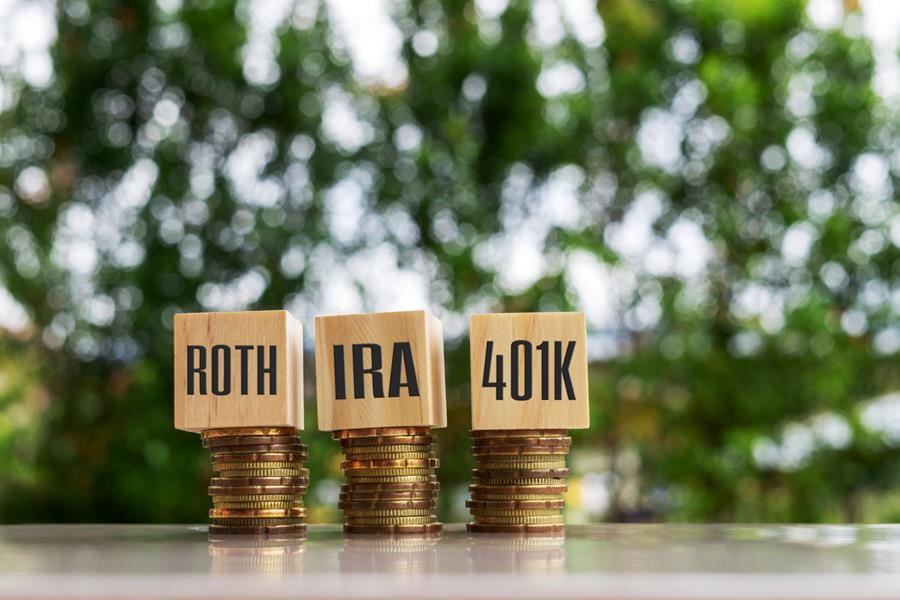Roth Accounts – New Proposed Limitations Explained

We’ve been discussing conversions of tax-deferred retirement assets to Roth (after-tax) accounts since 2010, when President Obama’s Administration and the IRS eliminated income limits on such conversions.
Now, House Ways and Means Committee Chairman Richard Neal proposes prohibiting pretax IRA and 401K conversions to Roth IRAs and Roth 401(k)s for taxpayers in the highest tax bracket (proposed to rise to 39.6% for tax years beginning after December 31, 2021). However, the prohibition would not become effective until January 1, 2032, leaving high-income taxpayers an approximate 10-year window to make Roth conversions as they think appropriate.
The proposed income levels at which the top bracket kicks in would be $400,000 for single taxpayers, $450,000 for married taxpayers filing jointly, and $425,000 for qualifying heads of households. Note that if two cohabiting individuals are not married, their combined income could be as high as $800,000 and still convert to a Roth. That is a pretty stiff marriage penalty, in my opinion.
The proposal prohibits all employee after-tax contributions to qualified plans and prohibits after-tax IRA contributions from being converted to Roth IRAs regardless of income level, effective for distributions, transfers and contributions made after December 31, 2021. This proposal would represent an all-out ban on backdoor Roths from IRAs and mega-backdoor Roths from other retirement plans, regardless of income.
Further, Chairman Neal proposes to:
- Prohibit contributions to Roth and traditional IRAs for top-bracket taxpayers whose total defined-contribution retirement plans contain assets worth over $10 million. Note that this prohibition does not apply to contributions to employer plans, such as 401(k)s, SEPs, or defined benefit plans such as pension plans.
- Mandate RMDs for defined-contribution retirement assets over $10 million for top-bracket taxpayers. For combined balances of $10 million to $20 million, the account holder would be required to take distribution of 50% of the amount over $10 million.
- For combined defined-contribution retirement balances in excess of $20 million held by top-bracket earners, the 50% RMD would be in force, but the account holder would be required to first take distribution of the lesser of 1) 100% of the balance above $20 million, or 2) 100% of the balance in all Roth accounts.
- Prohibit all IRAs from investing in an entity in which the account holder has a “substantial interest,” defined as >50% ownership in a public company or >10% in a privately-held concern. Officers and Directors of a company would be proscribed from any investment in that company within their IRAs.
The above provisions would become effective January 1, 2024, allowing for a 2-year transition period.
These proposed changes, though somewhat softened by delayed implementation dates, are momentous and could prove quite burdensome for high-income taxpayers, especially over the long-term. However, given the 10-year window to convert tax-deferred retirement assets to Roth IRAs, this is still an option which might make sense for you.
If you are considering converting some or all of your retirement assets to a Roth IRA, and/or want to understand how these proposals could potentially affect your retirement assets and/or your income tax liabilities, please click here to email me directly – I am here to help.
Feel free to share this email via the buttons below.
Until next Wednesday –
Peace,
Eric
